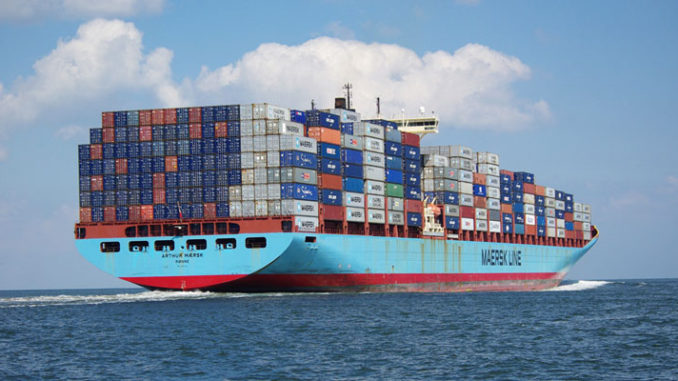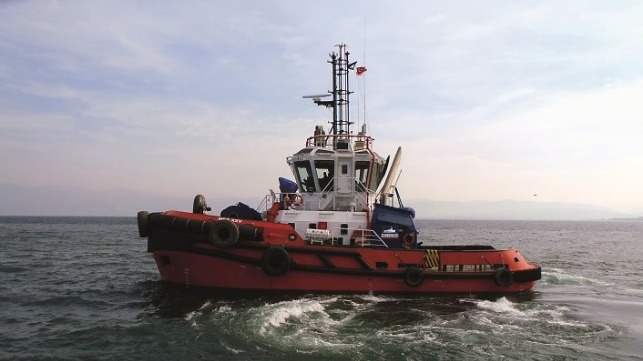
Back in the day, ships were the main mode of transport. People used to travel around the globe for conducting trade. With time, new advancements were introduced in shipping technology that revolutionized the concept of maritime transport. Modern technology minimized all the constraints like time and distance. In addition to that, the convenience of maritime transport also increased a great deal.
Even with air travel and trains as the preferred modes of transport, ships are still the ideal choice for trading. The main reason behind it is that ships can carry the bulk of shipment for long distance. Different types of cargo ships have different capabilities. The scope of usage is kept in mind while choosing the ship for carrying load.
In this blog, you will get to know about different kinds of ships and their functions.
Cruise Ship:
A cruise ship is a kind of passenger ship and is run by a diesel engine. The cruise ships come in different sizes with the large ones having the capacity to carry thousands of people. Usually, cruise ships have all the luxuries like bedrooms, bars, swimming pools and much more. The main function of a cruise ship is tourism. Cruise rides are considered a great way of attracting tourists that results in the generation of revenue.
The distance covering capability of a cruise ship is determined by its scale and technology. Some modern cruise ships can scale the whole world.
Submarine:
The submarine is the kind of ship that travels under the water surface, but it can also float above. It has a cylindrical design with a curved nose that helps to reduce the water friction during traveling. There are propellers at the rear end of a submarine that allows it to navigate through water. It is most commonly used in military combats and patrolling. In addition to that, a submarine is used for different research projects related to marine life.

Ferry:
The ferry is another popular type of passenger ship. It is usually smaller in size compared to cruise ships and apt for covering smaller distances. Ferries are used as a mean of transportation in different parts of the world. They carry passengers from one stop to the other and are highly useful for traveling between areas on the coastlines.
Another important function of a ferry is to carry vehicles like cars, trucks, jet skis and smaller ships. Due to this reason, ferries have a dock to facilitate the loading and to offload. Ferries are also used for freight forwarding and carry small-scaled consignments.
Cargo Ship:
As the name suggests, cargo ships are used to carry cargo. These types of ships are generally strongly built and made up of very strong material to withstand the load of cargo. They are large to accommodate the maximum quantity of shipment. Some cargo ships are single-deck, and some are multi-deck depending on their application. Cargo ships can cover long distances and carry consignments from one continent to the other.
Cargo ships are considered a vital contributor to the economy of a country as they are responsible for trade between countries. Different private parties also get involved in freight forwarding through cargo ships. Not only this, cargo ships provide multiple job opportunities on board.

Tanker:
These types of ships are used for carrying oil and other liquid products. The design of tankers is devised by keeping the scope of its usage in mind. There is a detailed mechanism involved in the workings of a tanker.
For example, suction pipes attached to the oil tanks help in preservation and butterfly valves are used for transferring oil. Oil leakage is a big threat in tankers, but a professional high-pressure ball valves supplier can provide a solution to this problem.
Like cargo ships, tankers also have strong engines that allow them to cover long distances while carrying heavy weight.
Tugboat:
A tugboat is small in size but has highly powerful diesel engines. The primary function of a tugboat is to facilitate the movement of other ships. For example, if a ship is stuck in heavy traffic or cannot get the required propulsion, the tugboat will help it out.
Tug boats usually use tow lines to pull other vessels and their engine’s force helps them to drag ships. But their strong and anti-friction body allows them to maneuver ships through direct contact as well.
Tugboats are also used to pull broken parts of the huge ships. They are also used in emergency operations in case of any accidents.

Fishing Vessel:
A fishing vessel can be considered as a commercial and recreational type of ship that is custom-designed for fishing. The fishing vessels contain all the essentials for fishing, including net, dock, and storage. There are several types and sizes of fishing vessels with a different scope of usage. The small-sized fishing vessels are used for catching aquatic animals in lakes and rivers whereas large ones are used in seas and oceans.
Drillship:
The drillship is built for the sole purpose of extracting different petroleum products. They consist of multiple drilling derricks and moonpool that help extract the oil reserves from the ocean or sea bed. A drillship has a powerful engine but cannot travel at very fast speeds.

High-Speed Craft:
The high-speed crafts are considered as the type of ferries but are much faster. There are different types of high-speed crafts, including hovercrafts that hover on the surface of the water. High-speed crafts are used for transport and also have the ability to propel over land and marshy areas.
Warship:
A warship is a type of military ship which is different in functionality and design from the merchant ships. The design of a warship is constructed in a manner that facilitates its purpose. Warships consist of extremely powerful engines due to which they can travel at high speeds.
The material used in warships provides them robustness and endurance against external conditions. That is why warships are capable of traveling in adverse weather conditions.
There are further different types of warships depending on their application, including aircraft carriers, battleships, and many more.

Conclusion:
Multiple types of ships are designed according to their functionalities and applications. Having different types clearly indicates that maritime transport will continue to be significant for a very long time.




